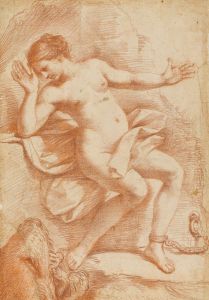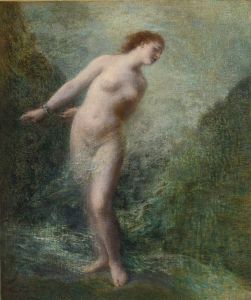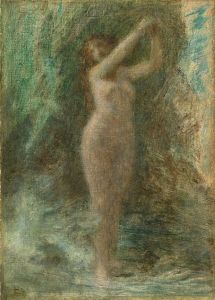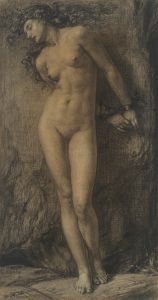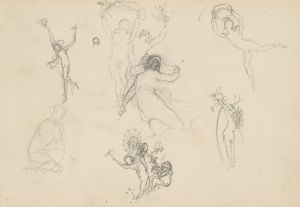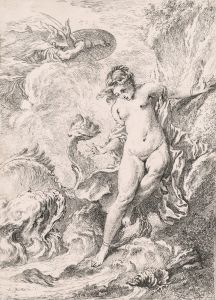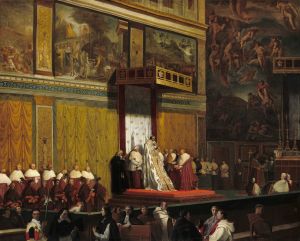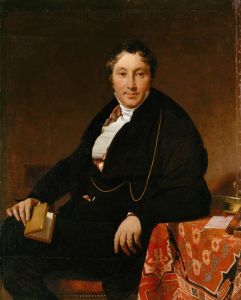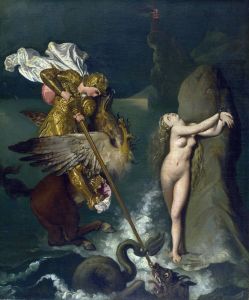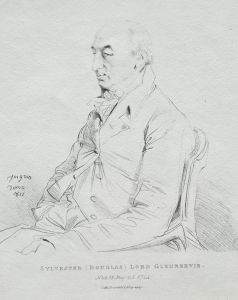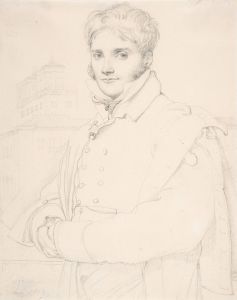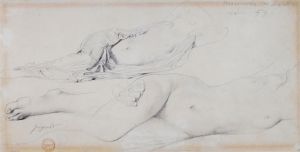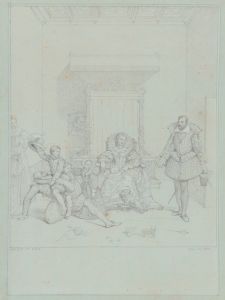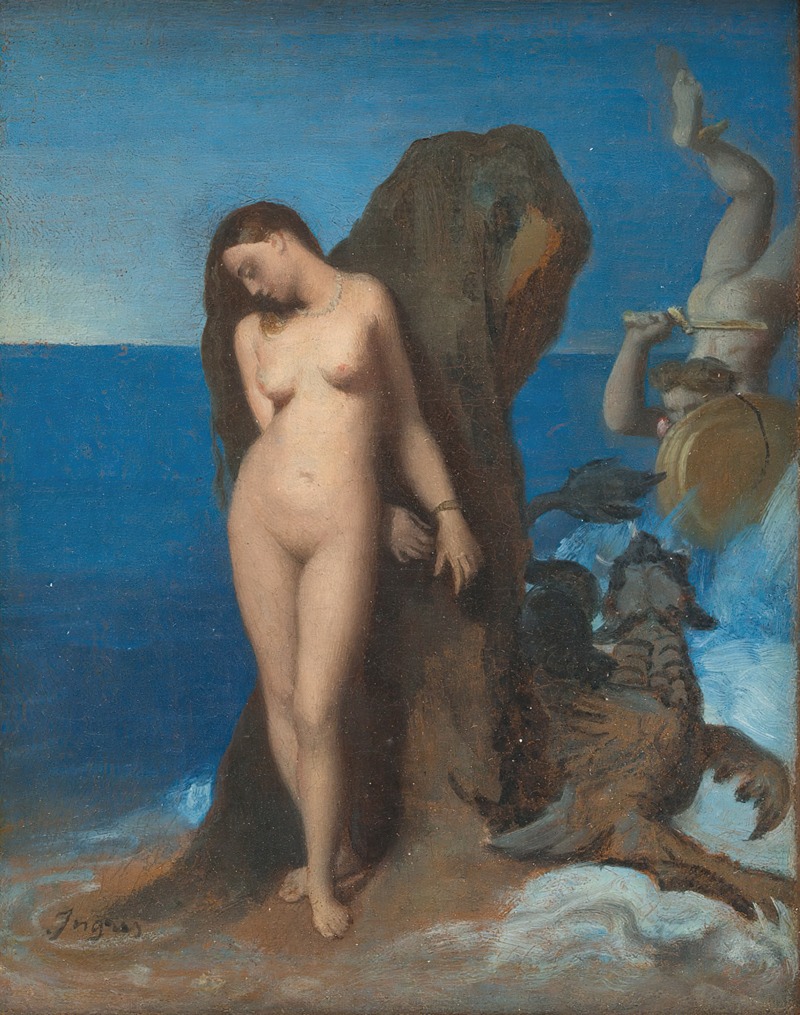
Perseus and Andromeda
A hand-painted replica of Jean Auguste Dominique Ingres’s masterpiece Perseus and Andromeda, meticulously crafted by professional artists to capture the true essence of the original. Each piece is created with museum-quality canvas and rare mineral pigments, carefully painted by experienced artists with delicate brushstrokes and rich, layered colors to perfectly recreate the texture of the original artwork. Unlike machine-printed reproductions, this hand-painted version brings the painting to life, infused with the artist’s emotions and skill in every stroke. Whether for personal collection or home decoration, it instantly elevates the artistic atmosphere of any space.
Jean Auguste Dominique Ingres, a prominent French Neoclassical painter, created the artwork "Perseus and Andromeda" in the mid-19th century. This painting is a representation of the mythological story of Perseus and Andromeda, a popular subject in art and literature. Ingres, known for his precise draftsmanship and adherence to classical traditions, approached this mythological theme with his characteristic style.
The myth of Perseus and Andromeda originates from Greek mythology. According to the myth, Andromeda was the daughter of Cepheus and Cassiopeia, the king and queen of Ethiopia. Cassiopeia boasted that her daughter was more beautiful than the Nereids, sea nymphs who were considered to be exceptionally beautiful. This claim angered Poseidon, the god of the sea, who sent a sea monster, Cetus, to ravage the coast of Ethiopia as punishment. To appease the monster and save their kingdom, Cepheus and Cassiopeia were advised to sacrifice Andromeda by chaining her to a rock by the sea.
Perseus, a hero and the son of Zeus and Danaë, happened upon Andromeda while returning from slaying the Gorgon Medusa. He saw her chained to the rock and was captivated by her beauty. Perseus offered to rescue Andromeda in exchange for her hand in marriage. Cepheus and Cassiopeia agreed, and Perseus used the head of Medusa, which had the power to turn onlookers to stone, to defeat the sea monster and save Andromeda.
Ingres' depiction of this mythological scene is noted for its adherence to classical ideals and its focus on the human form. Ingres was heavily influenced by the works of earlier masters such as Raphael and the traditions of the Renaissance, which is evident in his emphasis on line and form. His portrayal of Perseus and Andromeda reflects his commitment to these classical principles, with a clear and precise rendering of the figures.
The painting captures the moment of Andromeda's rescue, with Perseus depicted as a heroic figure. Ingres' attention to detail and his ability to convey emotion through the figures' expressions and poses are characteristic of his work. The composition is carefully balanced, with a focus on the interaction between the two main characters, highlighting the drama and tension of the narrative.
"Perseus and Andromeda" is an example of Ingres' skill in combining mythological themes with his neoclassical style. The painting reflects the artist's interest in the human form and his ability to convey complex narratives through visual art. Ingres' work continues to be celebrated for its technical precision and its contribution to the neoclassical movement in art.
Overall, "Perseus and Andromeda" by Jean Auguste Dominique Ingres is a testament to the artist's mastery of classical techniques and his ability to bring mythological stories to life through his art. The painting remains an important work within Ingres' oeuvre and a notable example of 19th-century neoclassical painting.





